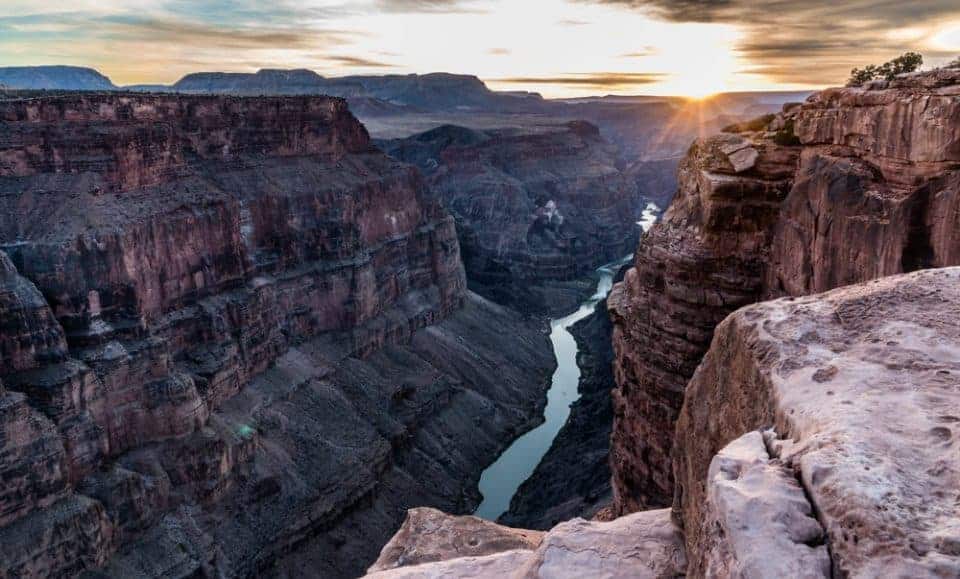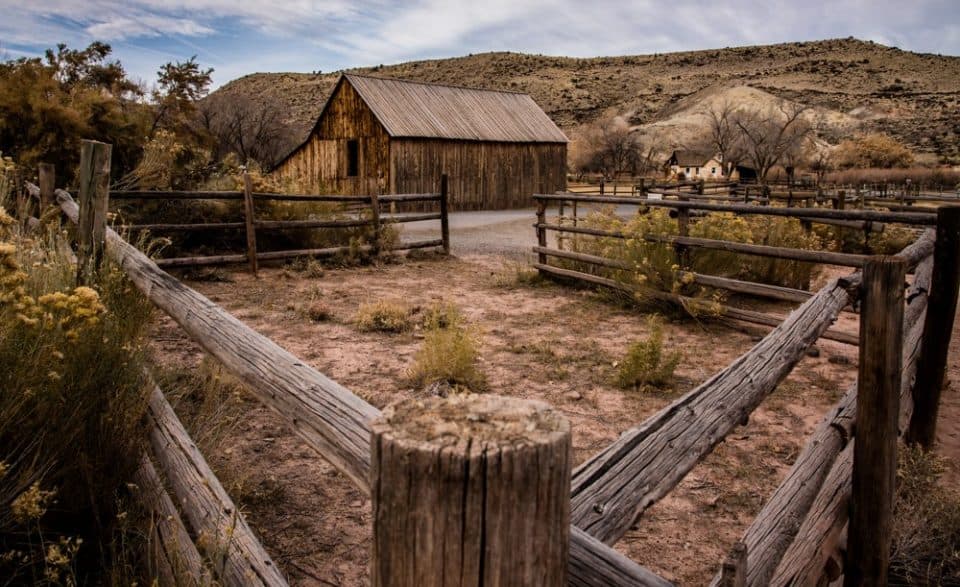How to Use Leading Lines in Photography
Understanding and practicing how to use leading lines will help you create photos that naturally draw the viewer’s eye toward the main subject of the photo.
The concept of leading lines is one of the most useful basic photography techniques for composition.
When used properly, you can frame powerful images with great visual impact.
Keep reading for tips to use leading lines in your photos!
This site contains affiliate links which means WE may receive commissions for purchases made through these links. We only provide links to products we actually use and/or wholeheartedly recommend! As an Amazon Associate, we earn from qualifying purchases. Read the full Disclosure Policy.
Take a look at the leading line photo ideas shared by members of our Facebook Group, Your Photography Journey to illustrate this compositional technique.
WATCH the video as we discuss how perspective is used in each image.
Camera Gear for Landscape Photography
- Tripod: take a look at these compact and lightweight travel tripods!
- Camera Bag: protect your camera from sand and water → We use Lowepro camera backpacks for outdoor photography.
- Neutral density filter: to compensate for variance of light you’ll need to use a neutral density filter. → Check out the Kase magnetic filters we use!
- Camera cleaning kit: remove dust or water that WILL get on your lens. NOTE: this is not for cleaning the sensor.
- Memory cards: purchase name brand memory cards since you’re trusting your images to the card! → We use Lexar and Sandisk!
- External hard drive: copy photos to a portable external hard drive ‘just in case’.
- Headlamp: use when taking sunrise and sunset photos!
Camera Gear at B&H Photo
What are Leading Lines in Photography?
Leading lines is a composition photography technique for that uses natural or manmade line shapes, like a river or road, to draw the viewer’s eye to the main subject of the photograph.
When looking at an image, the human eye will instinctively follow paths or lines present within it to see where they go. This is natural and happens to virtually everyone!
With that in mind, you can see why mastering this technique is essential, especially if you’re a landscape photographer. With this skill, you can easily choose where in the photo you want to focus the viewer’s attention.
Why are Leading Lines Important in Photography?
Leading lines photography paves an easy path for the viewer’s attention to follow before finally landing at a specific point of interest in the photo.
Mastering this technique can be handy when framing a photograph where everything is in focus, like in street photography. But these lines become even more important when framing scenes like landscapes!
At times, leading lines like roads and rivers will connect the foreground to the background of the frame. And with proper framing, you can create perspective in your compositions by adding a sense of depth.
Depth helps your viewers understand how extensive the scene is while making the scenery interesting at the same time.

Where Can You Find Leading Lines?
Roadways are the most common and mostly used leading lines. They are virtually everywhere from tarmac roads to paved roads to trails. Roadways are naturally leading since they go somewhere, something that gives us a sense of motion.
If you’re new to the leading lines image composition technique, roads can be the perfect place to start your practicing.
You can try framing your shots with natural subjects like roads leading to a mountain or man-made subjects like someone cycling far down the road. Soon you will master this essential skill that will hugely improve your photography.
Keep in mind that leading lines don’t stop at the roads. You can find different forms of leading lines around you. Your job is to arrange them in your composition such that they lead the viewer to an interesting subject.
The first step to finding a leading line is to take a moment and examine the scene. Relax by clearing your mind, maybe take a deep breath so you can focus intently.
Do you notice any prominent lines?
TIP: Instead of looking around with your natural eyes, we suggest surveying the scene right through your camera’s viewfinder. It’s easier to pick out prominent elements of the scene when they are within the frame of your composition.

Pay attention to the natural leading lines line:
- Rivers
- Treelines
- Sunrays (always leads to incredible shots but often ignored)
- Waves and shorelines
- Rocks and cliffs
- Sand dunes
- And tall grass plants
Next, see how you can make use of manmade leading lines like:
- Roads
- Railway
- Bridges
- Fences
- Boardwalks
- Rows of buildings in a street
- And rows of pews or long hallways

How To Use Leading Lines in Photography
The next step after identifying a leading line in your frame is to find how you can use it to improve your composition, by either:
- Creating a visual journey that draws the viewer’s attention from one part of the image towards a specific point of interest.
- Or, adding depth in your photo which helps create perspective by connecting the foreground to the background.
TIP: You may need to use different lenses when arranging the elements in the frame to change perspective. But you can still achieve the same results by moving yourself such that to align the camera and the subject to your desired point of view.
The 4 Types of Leading Lines in Photography
Leading lines come in so many forms, natural and manmade like rivers and roads. You can use these lines in several ways to convey different emotions and moods to the viewer, which leads us to the different types of leading lines photography.
Horizontal Leading Lines
Horizontal lines are quite common in nature and landscape photography. That’s because these lines stretch across the entire width of an image, and photographers tend to use them when shooting with wide-angle lenses.

The wide nature of the resulting photos always conveys openness and peace. That might explain why you often get a sense of calm and tranquility when looking at scenic landscape shots.
Vertical Leading Lines
Vertical lines are common in fashion and street photography, where there is a need to communicate status or give visual importance to the subject.

These lines tend to convey power and hierarchy, as they draw the viewer’s eye up or down the image.
Diagonal Leading Lines
Diagonal lines are often used when you want to provide a sense of movement, change, or direction. These lines normally track from foreground to background, hence emphasizing a sense of distance and depth.

When used correctly, diagonal leading lines can be a wonderful option when you want to emphasize a large depth of field in your image. And to maximize impact, your subject of interest should either be at the start or end of the line.
Converging Leading Lines
Our eyes tend to naturally focus at the point where two lines converge. Thus, converging leading lines are very effective at directing the viewer’s eye towards your subject of interest in a photograph.

The meeting point can be a great place to situate your subject when composing your image.









